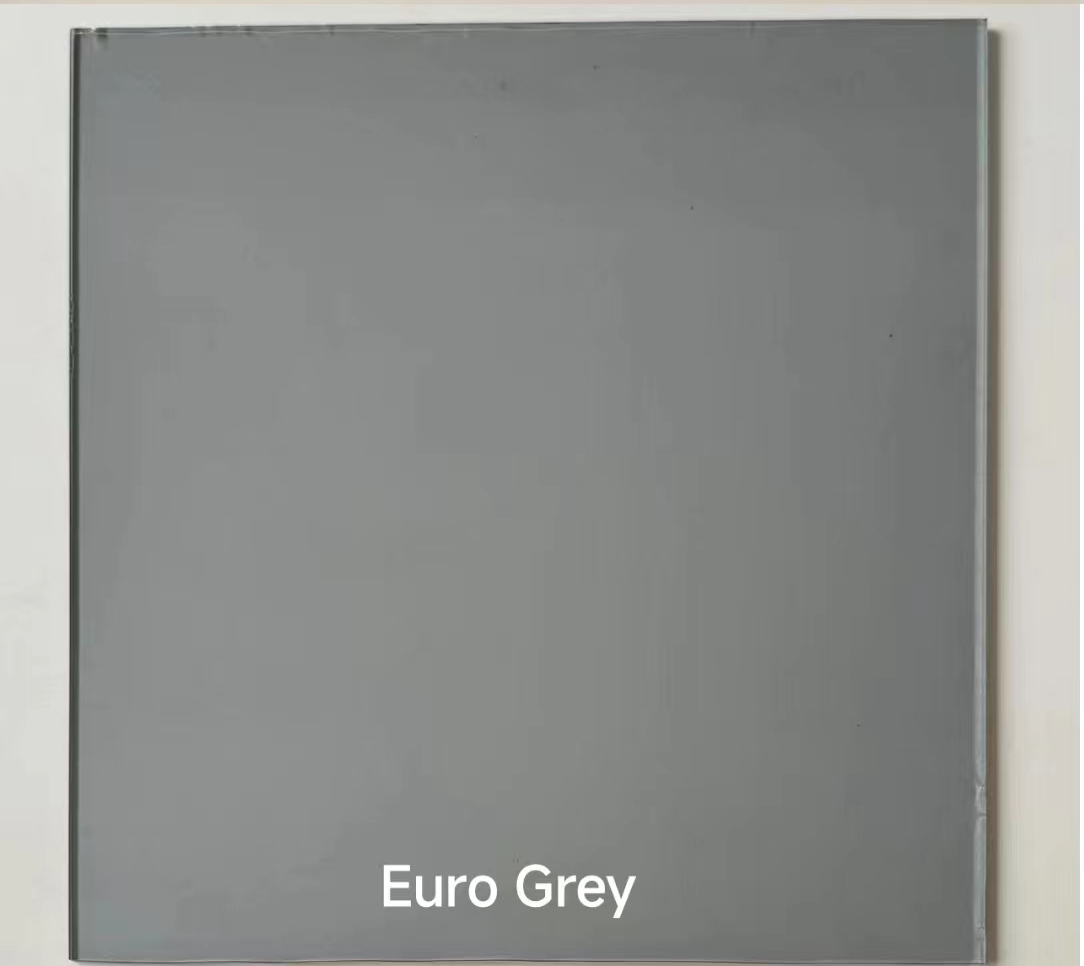

The Enchantment of Decorative Stained Glass
Stained glass, with its rich history and vibrant colors, has captivated the hearts of artists, architects, and admirers alike for centuries. Decorative stained glass serves a unique purpose, not just as a medium through which light passes but as an art form that enhances the beauty of spaces—from grand cathedrals to humble homes. In this exploration of decorative stained glass, we will delve into its history, techniques, and significance in modern architecture.
A Brief History
The origins of stained glass can be traced back to ancient civilizations, including the Egyptians and Romans, who utilized colored glass in their mosaics. However, it was during the medieval period that stained glass came into its own. By the 12th century, it became a significant feature of European churches, transformed into breathtaking artworks that narrated biblical stories and the lives of saints. These artistic windows were not only decorative but also played an educational role, conveying morals and spiritual teachings to a largely illiterate population.
As the Renaissance flourished, stained glassmakers honed their skills, experimenting with new techniques and styles. The use of more complex designs, accompanied by vivid narratives, further solidified stained glass as a central element in religious and public buildings. During this period, the craftsmanship of decorative stained glass reached new heights, blending artistry with spirituality.
Techniques and Craftsmanship
The creation of decorative stained glass is a meticulous process that requires both artistic vision and technical skill. Craftsmen begin by designing a pattern, which serves as a blueprint for the piece. Each section of the design is meticulously planned out, with individual pieces of glass cut to fit. The glass itself can be colored through various methods, such as adding mineral oxides during production or painting details on the surface, which is then fired to create permanent hues.
One of the key techniques in stained glass production is the use of leading, which involves fitting together the glass pieces with strips of lead. This technique not only binds the glass together but also creates the iconic lines that define stained glass art.

Moreover, modern technology has revolutionized the production of stained glass, with advancements such as sandblasting and acid etching allowing for greater detail and complexity. Despite these innovations, many artisans still prefer traditional methods, valuing the craftsmanship and authenticity of handmade stained glass.
Significance in Modern Architecture
In contemporary architecture, decorative stained glass continues to play a vital role, transcending its historical religious context. It has found its way into various settings, including public buildings, private homes, and commercial spaces. The beauty of stained glass can enhance the ambiance of a space, creating a luminous atmosphere that shifts with the changing light throughout the day.
Artists today are experimenting with more abstract designs and innovative themes, often reflecting personal narratives or cultural identities. This contemporary approach allows stained glass to resonate with modern audiences while honoring its historical roots.
Incorporating stained glass into architectural design also has functional benefits. It can provide privacy without sacrificing natural light, making it a popular choice for bathrooms and conference rooms. Additionally, stained glass can enhance energy efficiency by controlling temperature and reducing glare.
Conclusion
Decorative stained glass is a timeless art form that weaves together history, craftsmanship, and modernity. Its ability to capture and manipulate light creates breathtaking effects that can transform any space into a sanctuary of color and beauty. As more architects and artists embrace stained glass in their designs, this ancient craft continues to evolve, inspiring future generations. Whether it adorns the windows of a historic cathedral or a contemporary home, decorative stained glass remains a tangible connection to our artistic heritage—a colorful legacy etched in the fabric of architectural history.